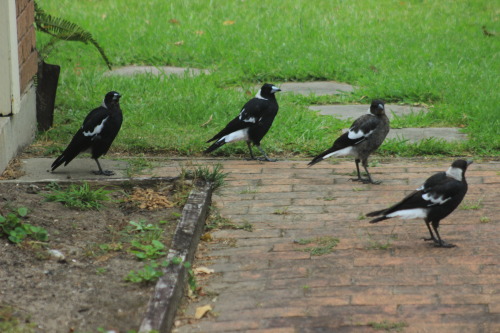Many animals and birds have highly refined survival systems thanks to the way they co-operate socially. Techniques vary from very specific roles for various members of the group, to ‘all hands-on-deck’ to raise the young of the species or to protect the group (or colony) from predators.
Think about a coral colony of several hundred tentacled “polyps” duplicating themselves and building an elaborate calcerous “skeleton” for protection. The stony or “hard” corals are known for building the environments we call reefs, home to thousands of other unique animal species. https://www.toptenz.net/top-10-colonial-organisms.php
Animals that live in colonies with a highly organized social structure are called ‘Eusocial’. This behaviour is found in ants and bees, some wasps, termites, some thrips, aphids, and possibly some species of beetles. Blesmols, such as the naked mole rat and the Damaraland mole rat are the only vertebrates that engage in truly eusocial behaviour. https://www.britannica.com/science/eusocial-species#ref1029115
Magpies, wrens, and kookaburras all live in family groups, as do many other birds. Sometimes there are a number of families together in a group. The adult birds might all share feeding the young birds until they fledge (learn to fly). Sometimes the male collects the food for the female while she is sitting on the eggs. Off you go dad!
This eusocial behaviour ensures that the colony is viable and healthy. It will continue to enjoy a reliable future in its habitat niche.
Can the human species mimic this co-operative behaviour and ensure our long-term viability in our habitat home, planet Earth?
Transform your backyard into a safe and inviting habitat haven. Find out more about the birds and animals you might share your home with. Visit: https://www.backyardbuddies.org.au/

